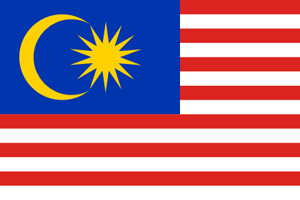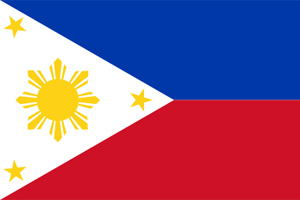4.1 Sanitary and phytosanitary (SPS) measures
Sanitary and phytosanitary (SPS) measures are applied to:
- Protect human or animal life from risks arising from additives, contaminants, toxins or disease-causing organisms in their food;
- Protect human life from plant- or animal-carried diseases;
- Protect animal or plant life from pests, diseases, or disease-causing organisms;
- Prevent or limit other damage to a country from the entry, establishment or spread of pests; and
- Protect bio-diversity.
SPS measures can be classified into the following sub-categories:
- Prohibitions/restrictions of imports for SPS reasons;
- Tolerance limits for residues and restricted use of substances;
- Labelling, marking and packaging requirements;
- Hygienic requirements;
- Treatment for elimination of plant and animal pests and disease-causing organisms in the final product;
- Other requirements on production or post-production processes;
- Conformity assessment related to SPS; and
- SPS measures not elsewhere specified.
- Prohibitions/restrictions of imports for SPS reasons;
- Tolerance limits for residues and restricted use of substances;
- Labelling, marking and packaging requirements;
- Hygienic requirements;
- Treatment for elimination of plant and animal pests and disease-causing organisms in the final product (e.g., post-harvest treatment);
- Other requirements on production or post-production processes;
- Conformity assessment related to SPS; and
- SPS measures not elsewhere specified.











